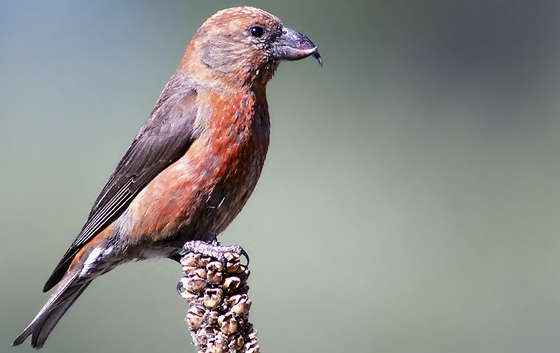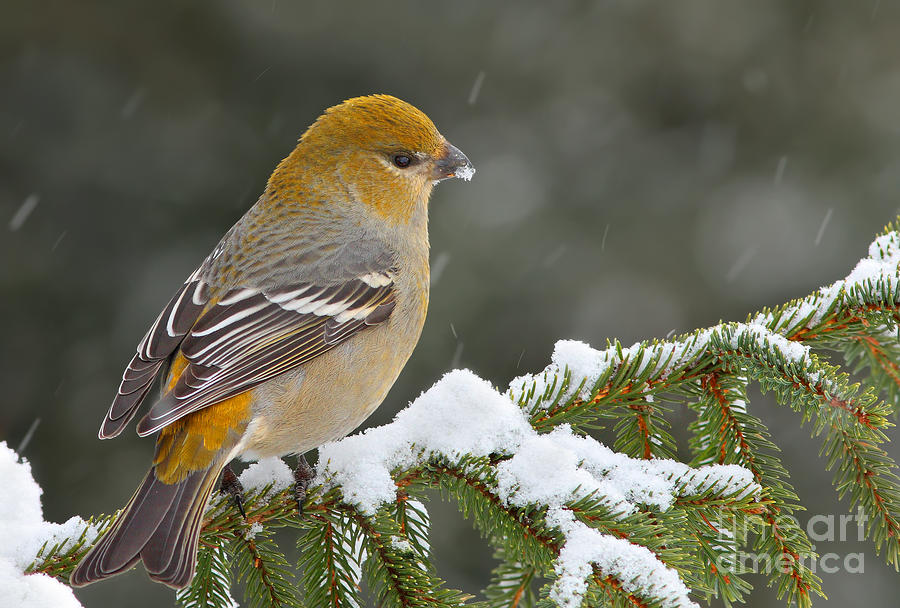Yesterday I was writng about 4 birds like the kingfisher and the roller but today I'm going to write about the Roller and the amazing Crosbill.
Roller
The Roller has a vivid blue plumage and it is the size of a Jackdaw so it is unique in Europe. This bird is so special and so different to every other bird so this can not be mistaken.The Roller often perches on wires or poles watching slyly for its tasty prey,which it pounces on, like a Shrike ( A bird that is brown,white and black and is the shape and almost the size of a Great Tit).
 This bird is very nice and very shiny when you see it up close and in real life unlike on this picture.
This bird is very nice and very shiny when you see it up close and in real life unlike on this picture.Nesting: This uses holes in trees,walls,buildings or old crows nests in trees for its nest.It lays 4-7 eggs and like most birds it incubates from May-June.
Feeding: The roller eats mostly large insects and sometimes it eats Rodents and Lizards caught on the ground.
Similar species: There is two different types of Roller species that don't come in the UK the European Roller and the Indian Roller but there is no other species that is similar to the 2 different types of Roller.
The Crosbill
This amazing powerful big awesome finch is made for eating the seeds of Spruces,pines and other conifers using its hooked crossed bill ( Which is where it got its name from) to prise the cone scales apart so it can extract the seeds from it.
 This bird is the rare Crosbill it might look big in some pictures like RSPB (royal society for the protection of birds) pictures it might look bigger than it is in this picture as in this one it is very small.
This bird is the rare Crosbill it might look big in some pictures like RSPB (royal society for the protection of birds) pictures it might look bigger than it is in this picture as in this one it is very small.
Voice: The Crosbill voice is terribly loud and abrupt its calls are like this jup-jup-jup and whilst feeding its song is a mix of buzzy notes,calls,warbles and loud trills.
Nesting: It has a small nest of twigs and moss that is high in conifer like most birds it lays 3-4 eggs but it lays them from January-March unlike most birds.
Feeding: The Crosbill eats seeds of conifers such as spruce and pine which I was writing about earlier it also has berries buds and insects to eat.
Similar species: The Hawfinch seems to be the only similar species to this bird because not even the parrot Crosbill is similar to this species!






 As you can see the two genders are the same color and the same thing really so you wouldn't be able to tell the difference.
As you can see the two genders are the same color and the same thing really so you wouldn't be able to tell the difference.